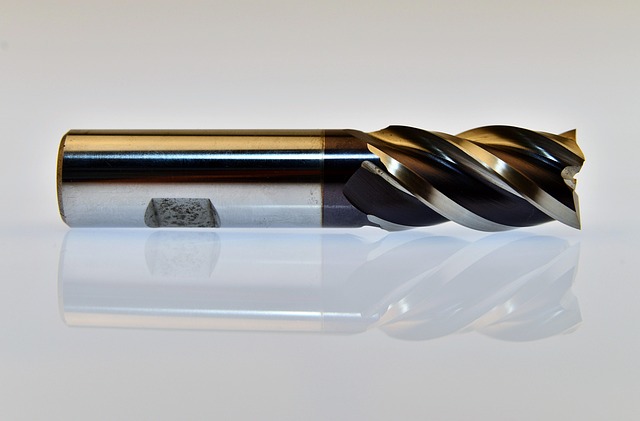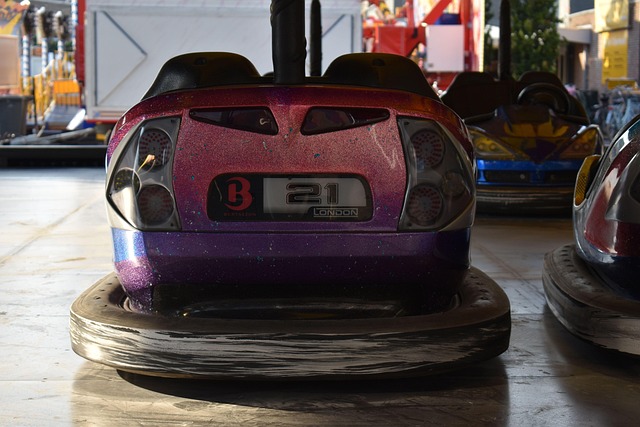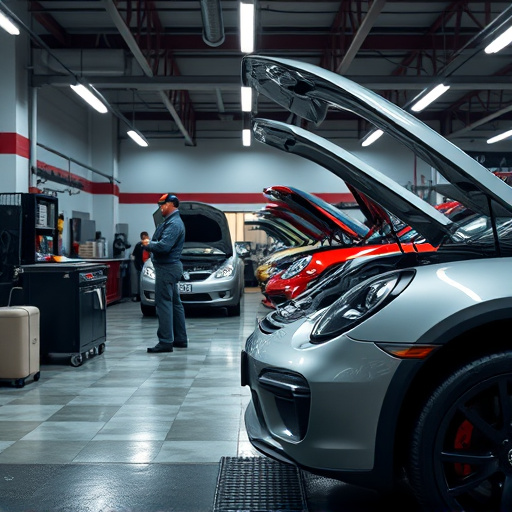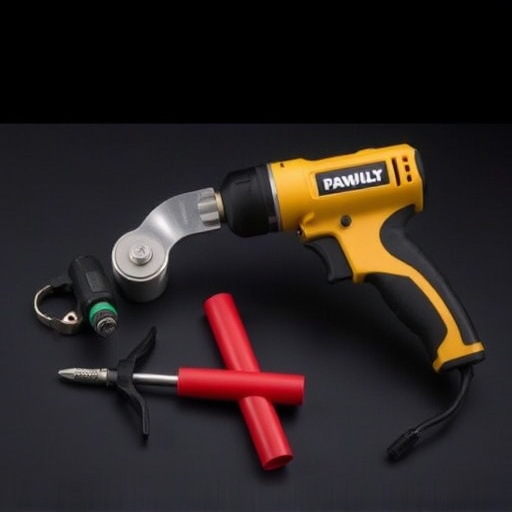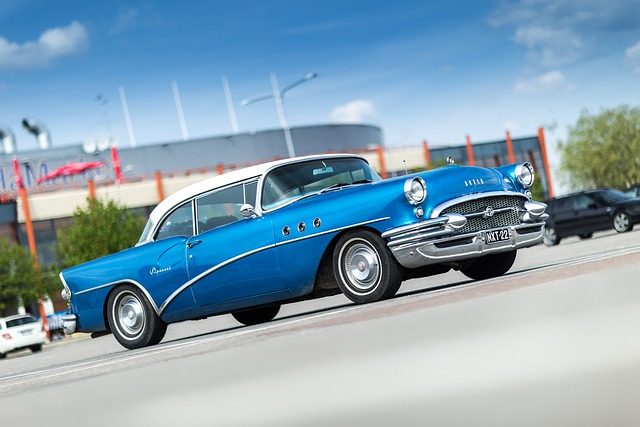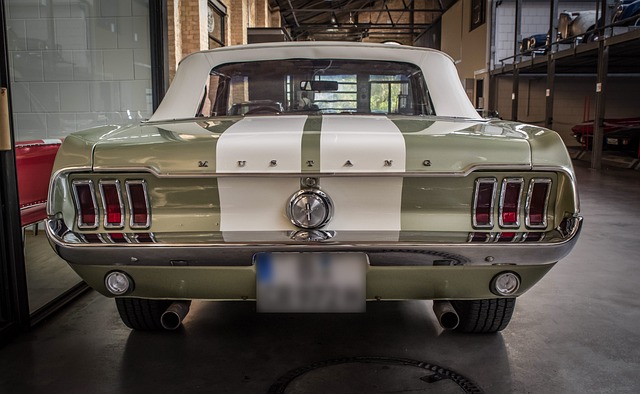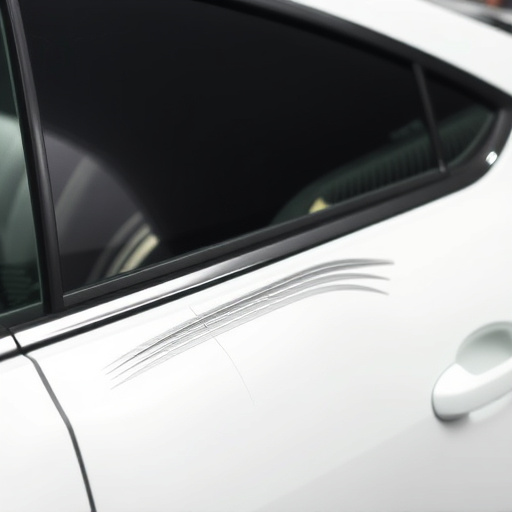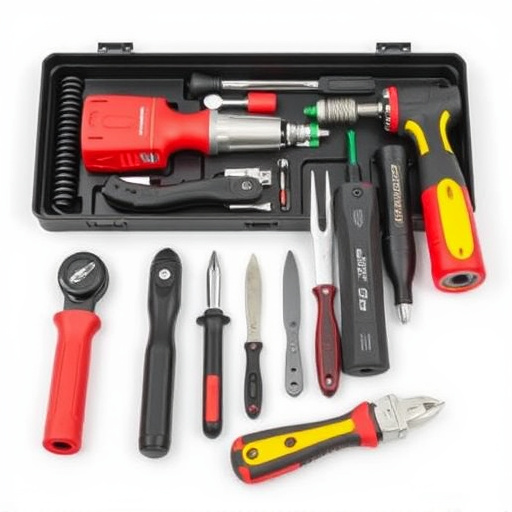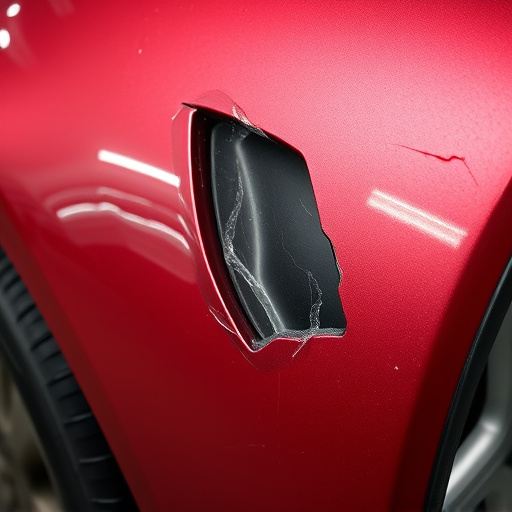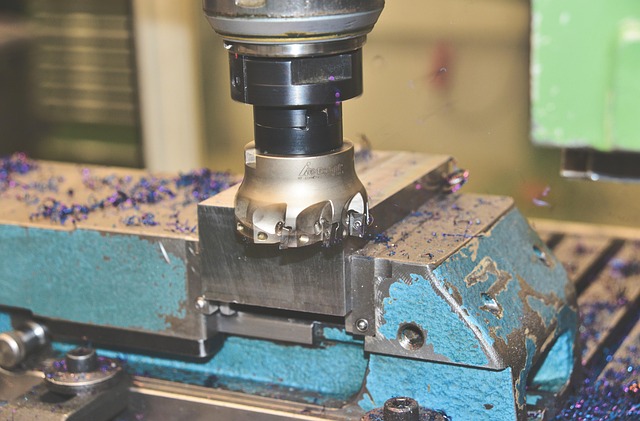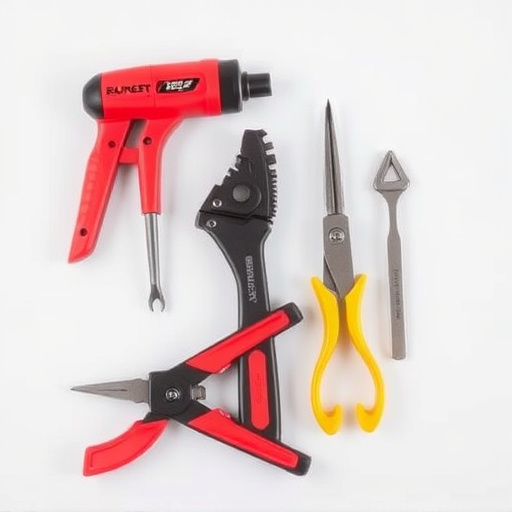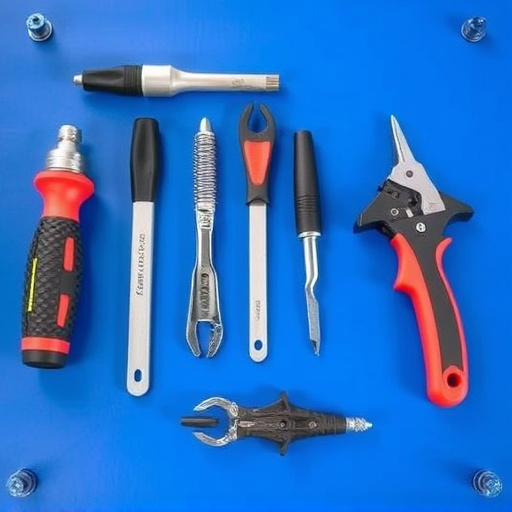Undercarriage inspection repair involves assessing suspension, exhaust, and vital components for damage using specialized tools. Regular checks prevent severe failures, ensure safe driving, and extend vehicle lifespan. Proper alignment is crucial for handling, safety, fuel efficiency, and preventing uneven tire wear.
During an undercarriage inspection repair, several key components require meticulous scrutiny. This article delves into the essential aspects of this process, focusing on assessing damage and wear to various parts, inspecting critical undercarriage pieces for integrity and condition, and ensuring optimal functionality and alignment. Understanding these elements is crucial for maintaining vehicle safety and performance through comprehensive undercarriage inspections.
- Assessing Damage and Wear to Components
- Inspection of Critical Undercarriage Parts
- Ensuring Proper Functionality and Alignment
Assessing Damage and Wear to Components
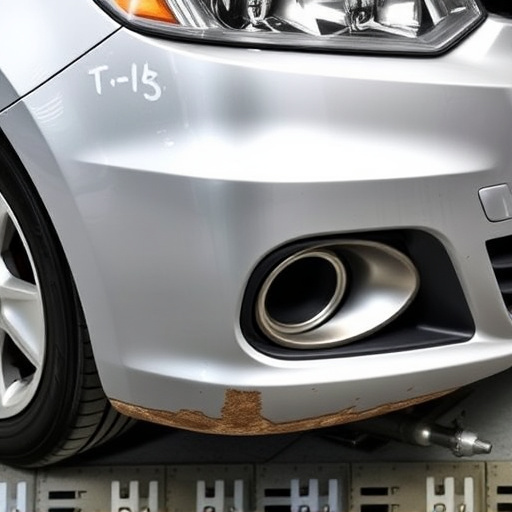
During an undercarriage inspection repair, one of the critical tasks is meticulously assessing any damage and wear to various components. This involves a close examination of the underbody, including the suspension, exhaust system, and other vital parts that are often overlooked during routine maintenance. Technicians use specialized tools to detect cracks, corrosion, or misalignments, ensuring nothing compromises the vehicle’s safety and performance.
Proper evaluation includes checking for signs of metal fatigue, damaged or missing hardware, and potential leaks in the fluid lines. For instance, a car repair shop might focus on fender repair if there are dents or significant deformities, as these can affect the structural integrity and overall vehicle body repair. By addressing these issues during undercarriage inspection repair, drivers can avoid more severe and costly problems down the line.
Inspection of Critical Undercarriage Parts
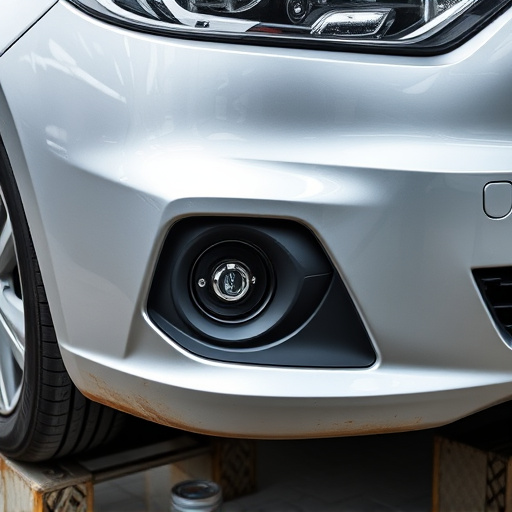
During an undercarriage inspection repair, one must scrutinize several crucial components that form the backbone of a vehicle’s structural integrity. These include exhaust systems, suspension components, and brakes—all vital for safe driving and smooth rides. Technicians use specialized tools to assess these parts for signs of wear, corrosion, or damage. Regular checks prevent catastrophic failures and ensure optimal performance.
Moreover, inspecting the undercarriage involves evaluating the condition of the engine mounting, driveshafts, and differentials. These elements are often overlooked but play a significant role in overall vehicle health. Proper maintenance of these critical parts through timely repairs not only enhances safety but also extends the lifespan of a vehicle, highlighting the importance of professional body shop services and automotive repair for thorough undercarriage inspection repair.
Ensuring Proper Functionality and Alignment
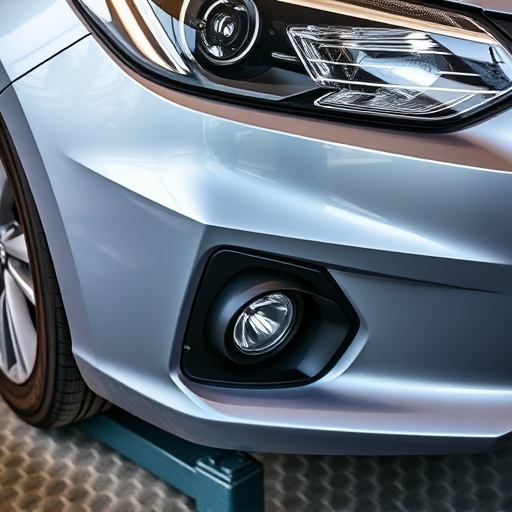
During an undercarriage inspection repair, one of the primary goals is to ensure that all components are functioning properly and aligned correctly. This includes meticulous checks on the steering and suspension systems, as well as the alignment of wheels and tires. Proper alignment is crucial for maintaining optimal vehicle handling, safety, and fuel efficiency. Deviations in wheel alignment can lead to uneven tire wear, compromising both performance and longevity.
In a comprehensive undercarriage inspection repair at an auto collision center or body shop services, technicians will assess the condition of ball joints, tie rods, control arms, and other critical parts. They’ll also verify the proper operation of the steering rack and power steering system to guarantee smooth and accurate vehicle direction control. Ensuring these elements are in top shape not only enhances driving comfort but also prevents more severe issues from arising, such as auto glass replacement due to accidents caused by misaligned wheels.
A thorough undercarriage inspection repair is vital for ensuring vehicle safety and reliability. By assessing damage, inspecting critical parts, and verifying functionality, mechanics can identify and rectify issues before they escalate. Regular undercarriage maintenance not only prolongs the lifespan of a vehicle but also enhances its overall performance and efficiency. Incorporating these key components into your inspection routine guarantees a smooth ride ahead.

